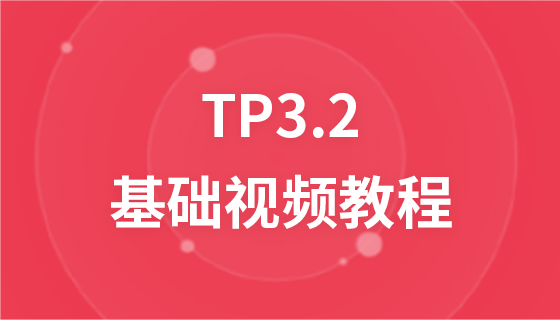
tp5中的cache 儲存方式,我本機設定的是讀取文字的形式。
以這段程式碼為例: (建議學習:thinkphp5)
public function getAllManegerId(){
$cache =checkCache('kf_getallManeger');
if($cache)return$cache;
$role = Db::table('customer_role')->where(['type'=>2, 'role_status'=>0,])->select();
$array = [];
if(!empty($role)){
foreach ($role as $key=>$value){
$customer = Db::table('customer')->where(['role_id'=>$value['role_id'],'user_status'=>0])->select();
foreach ($customer as $keys=>$values){
array_push($array,$values['customer_id']);
}
}
}
\cache('kf_getallManeger',$array,300);
return $array;
}這裡有兩個循環,如果不用緩存基本上要花400–600ms 的時間處理完資訊。
加入tp自帶的cache 之後 所花費的時間明顯的縮短了,在40-60ms 之間,比較理想。
寫到這裡之後, 我試想,redis 會不會在10ms 左右,會比自備的cache強大。
於是加入了redis 快取
$redis = $this->redis = new \Redis;
$redis->connect('127.0.0.1', 6379);
$caches = $redis->get('kf_getallManeger');
if($caches)return $caches;表面上基本上和tp 的cache 方法不分秋色,其實還有並發,和流量還沒有測試
得到的結論是:
如果儲存的量不大,tp 的file 緩存,和redis 差不多。但是記憶體讀取肯定要快。如果儲存的值多,redis 強大的i/o能力會強於 普通的文件讀寫。
以上是thinkphp快取和redis快取哪個快的詳細內容。更多資訊請關注PHP中文網其他相關文章!



